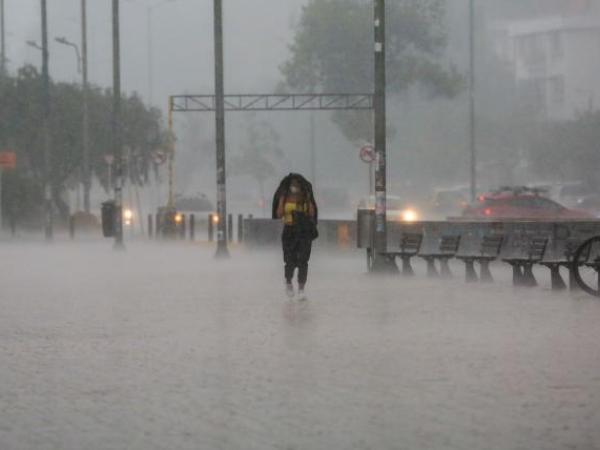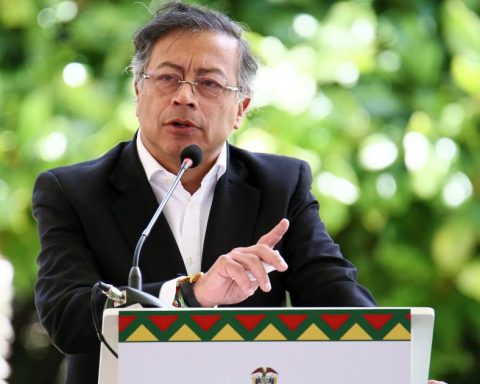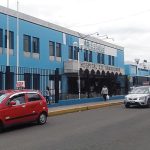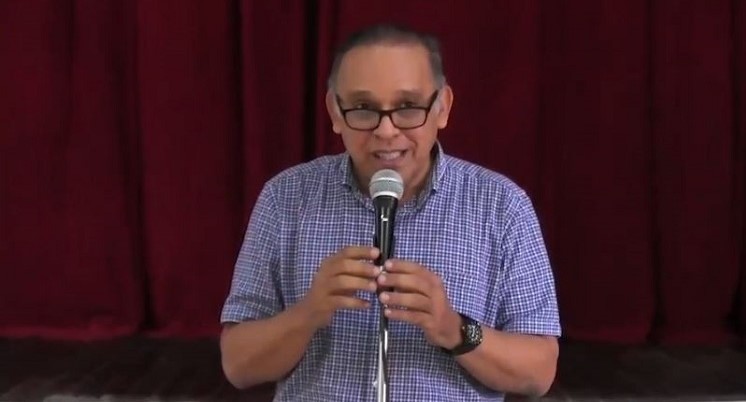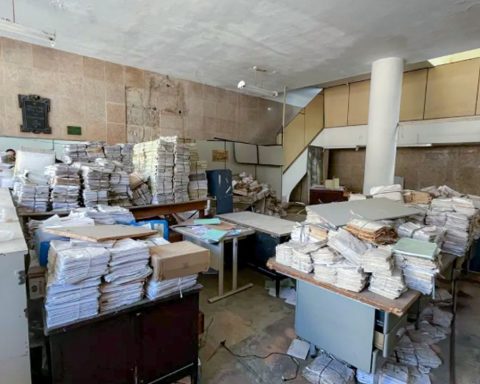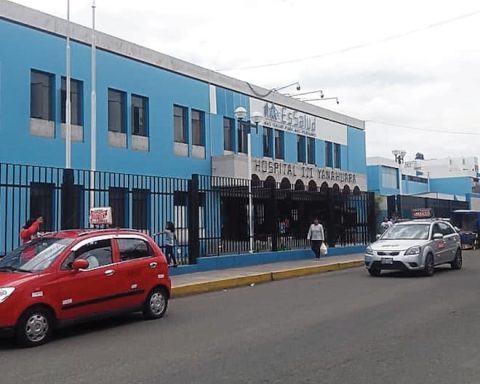weather conditions have been affecting different situations in the country. Landslides, floods, among other risks presented by the rains, put in suspense the climatological future of Colombia.
(See: The departments that are on red alert due to flood risks).
According to the latest Ideam Climate Prediction Bulletin, in the coming months they will persist the conditions of the La Niña phenomenon.
According to the entity’s predictions, there is an approximate probability of 86% that the La Niña phenomenon will last until December 2022. Similarly, the possibility that it will last until February 2023 is 60%, according to the projections of the CPC/IRI.
“Under this scenario, the climatic variations of the country will be modulated to a greater extent by the disturbances of the intra-seasonal scale, the evolution of La Niña and the dynamics associated with the hurricane season.”, says the document.
For the month of September, the institution confirms that rains above normal are expected in the national territory, with excesses between 20% and 60% above the average in the sectors distributed over the departments that make up the Caribbean, Andean, Orinoquía and Amazon regions and the excesses around 80% would be concentrated in northern areas in The Guajira. Likewise, normal behavior will predominate in the remaining areas, standing out over most of the Pacific region and the Caribbean insular area.
(See: Rains expected to be heavier in September: UNGRD).
Regarding the weather for the ninth month of the year, according to the document, it is moving towards the second rainy season in the Andean and Caribbean regions (east), “mostly to the east of the latter, due to the influence of the transit of tropical waves from the east, the cyclonic activity of the Caribbean Sea and the gradual migration of the Intertropical Confluence Zone (ITCZ) from the north to the center of the country”, he mentioned.
Given the situations presented by the precipitation of rains in the country, the Minister of Environment and Sustainable Development, Susana Muhamad assured: “We must advance in social work and coordination in the regions, with the authorities, so that the country prepares itself for possible risks that lie ahead. The risk or threat maps are not being enough, they must be reinforced (…) We have to be prepared, because these extreme events will not be the exception, but will continue to occur due to the climate crisis”.
Now, for the climate forecast for the month of October, rains are estimated to be below normal “with a deficit of around 60% with respect to the climatological value” in western areas of Nariño, while rainfall above the averages, between 20% and 60%, are estimated for the center and east of the Andean and Caribbean regions.
(See: Rains in Bogotá will last until the second season at the end of the year).
For his part, Javier Pava, director of the National Disaster Risk Management Unit (UNGRD), assured that “the rainiest season has affected 454 municipalities. Of these, 131 municipalities have been declared in a state of public calamity, in 10 departments: Chocó, Bolívar, Córdoba, Cundinamarca, Huila, Meta, Norte de Santander, Risaralda, Valle del Cauca and Antioquia.”.
Similarly, Yolanda González Hernández, director of Ideam, commented that “the recommendation is not to lower our guard in unstable areas, continue monitoring the banks of rivers that maintain high levels, and take preventive measures on days when rains may occur. extreme”.
Similarly, Jorge Bedoya, president of the Colombian Farmers Society (SAC), assured that Some foods have shown rises due to weather conditions. “It depends on the area where they are and what has happened. In some cases they are affected by the weather, they are very regional phenomena (…) A high price can motivate planting, but we also do not know what could happen with these rainy months, which can affect the products,” he said. the manager.
The World Meteorological Organization had already announced that the La Niña phenomenon could continue until 2023.
President Gustav Petro raised the idea that Colombia should assess whether an economic emergency is decreed, to be able to face and mitigate the risks caused by the climate crisis and the increase in rainfall.
The president showed his concern about winter and emphasized the measures to prevent the risks that the rains could cause. “Of course I’ve thought about it. Isn’t it time for an emergency? The congressmen will be able to give their opinion; the media at the national level, society as a whole; but if we are going to experience a worse episode than 2010, in terms of climate, then the country necessarily has to enter into an economic emergency”, assured the President.
(See: Climate action: necessity of the present, for the future of all).
In response to the statements, Alejandro Useche, professor of economics at the Universidad del Rosario, indicated that declaring an emergency is not new, since in recent presidencies it has been applied and “it is a figure that could give the president extraordinary powers that can materialize in decrees that have the force of law”.
DIANA K. RODRIGUEZ T.
Journalist Portfolio
